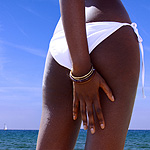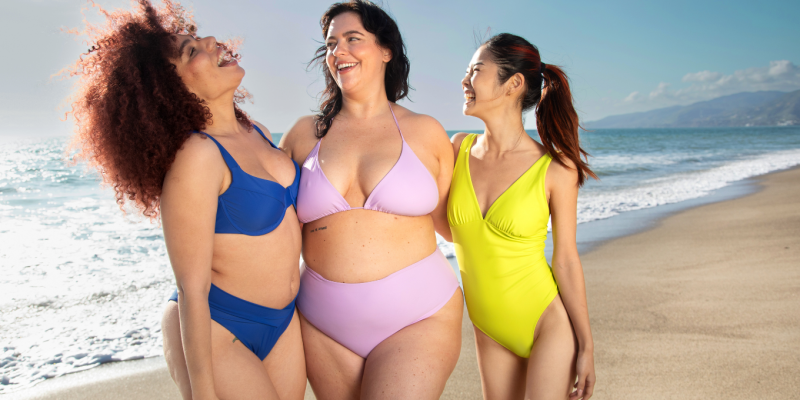On this drizzly day at B.C.’s Fairmont Chateau Whistler, a little thing like the lack of snow doesn’t stop the parade of jet-setters in Dolce & Gabbana fur boots and Lululemon hoodies; the show just shifts from the slopes to the hotel’s palatial lobby.
But this stylish crowd is upstaged for once by a buttoned-down group of skin-care specialists with big news. Mexoryl XL, currently the most potent anti-aging sunscreen filter for UVA and UVB rays, is making its long-awaited Canadian debut after years of being available only in Europe and Asia.
Canadian approval of Mexoryl XL follows 20 years of scientific research confirming the dangers of UVA radiation. Whereas UVB rays burn the surface of the skin, UVA rays penetrate the deepest dermal layers, gradually leading to suppression of the body’s immune system and, in some cases, skin cancer. Even at low-level exposures, UVA light breaks down collagen, says L’Oréal researcher Anny Fourtanier. “It damages the fibres responsible for skin’s elasticity, making it like a parachute with no ropes.”
No way, UVA
Until now, sunscreens have guarded skin against UVB rays, yet most offer minimal protection against UVA rays with ingredients like oxybenzone, a chemical filter that appears to cause photosensitivity when used in high doses. L’Oréal intends to up the ante with the launch of Vichy Laboratoires Capital Soleil and La Roche-Posay Anthelios, the first sunscreen lines to feature the chemical filter h Mexoryl XL in combination with Mexoryl SX. (SX is another UVA block that was introduced in Canada by L’Oréal in 1995.) XL strengthens the efficacy of Mexoryl SX (a filter of shortwave UVA rays) and Parsol 1789 (a filter of long-wave UVA rays), and together they act like a sponge, absorbing light and protecting the skin’s deepest layers. Complementary mineral filters, including titanium dioxide, ensure full-spectrum protection. Both lines are also photostable, meaning that their effectiveness won’t deteriorate when exposed to the sun.
In Canada, it is estimated that two people die every day from melanoma, while another 4,400 new cases were reported in 2006, says Dr. Jason Rivers, a Vancouver dermatologist. We can’t afford to be too relaxed about the sun’s ill effects, he warns, even indoors or during bad weather.
Dr. Fred Weksberg, a Toronto-based cosmetic dermatologist, agrees: “UVA rays are especially insidious because they can penetrate glass and clouds. Activities that seem pretty harmless — like driving to work or taking a walk on a gloomy day — can actually be detrimental to the skin.”
To prevent intermittent sun damage, Weksberg suggests treating sunscreen application like a daily vitamin pill. “But no matter how much sunscreen you put on,” he warns, “unless you have proper UVA protection, you’re already overexposed.”






